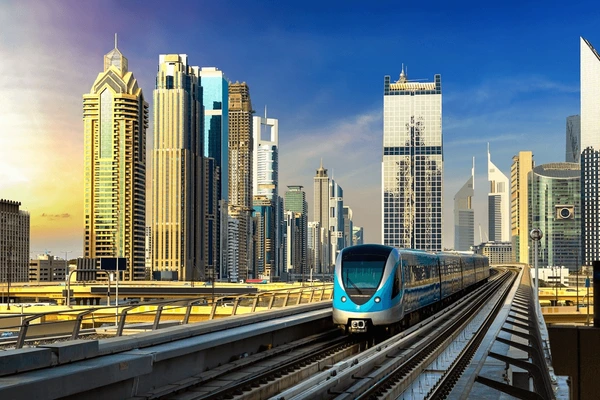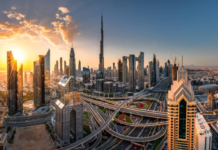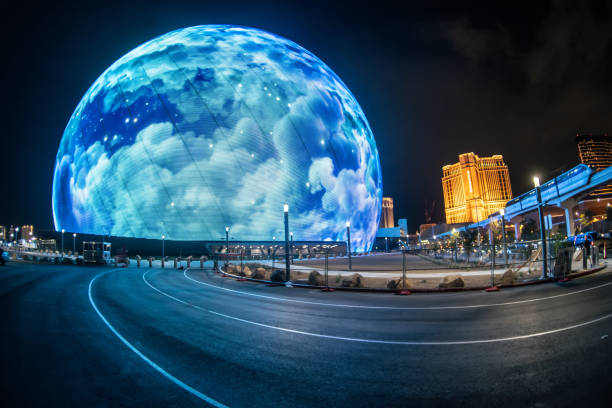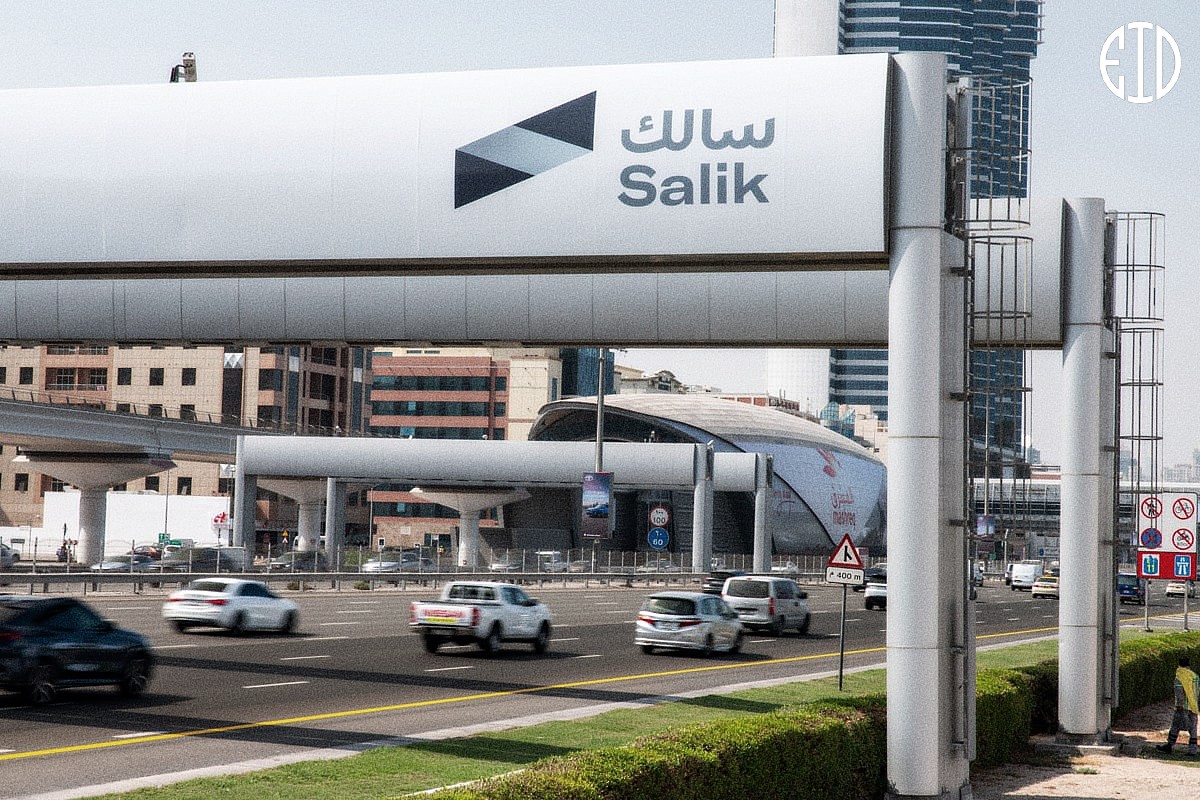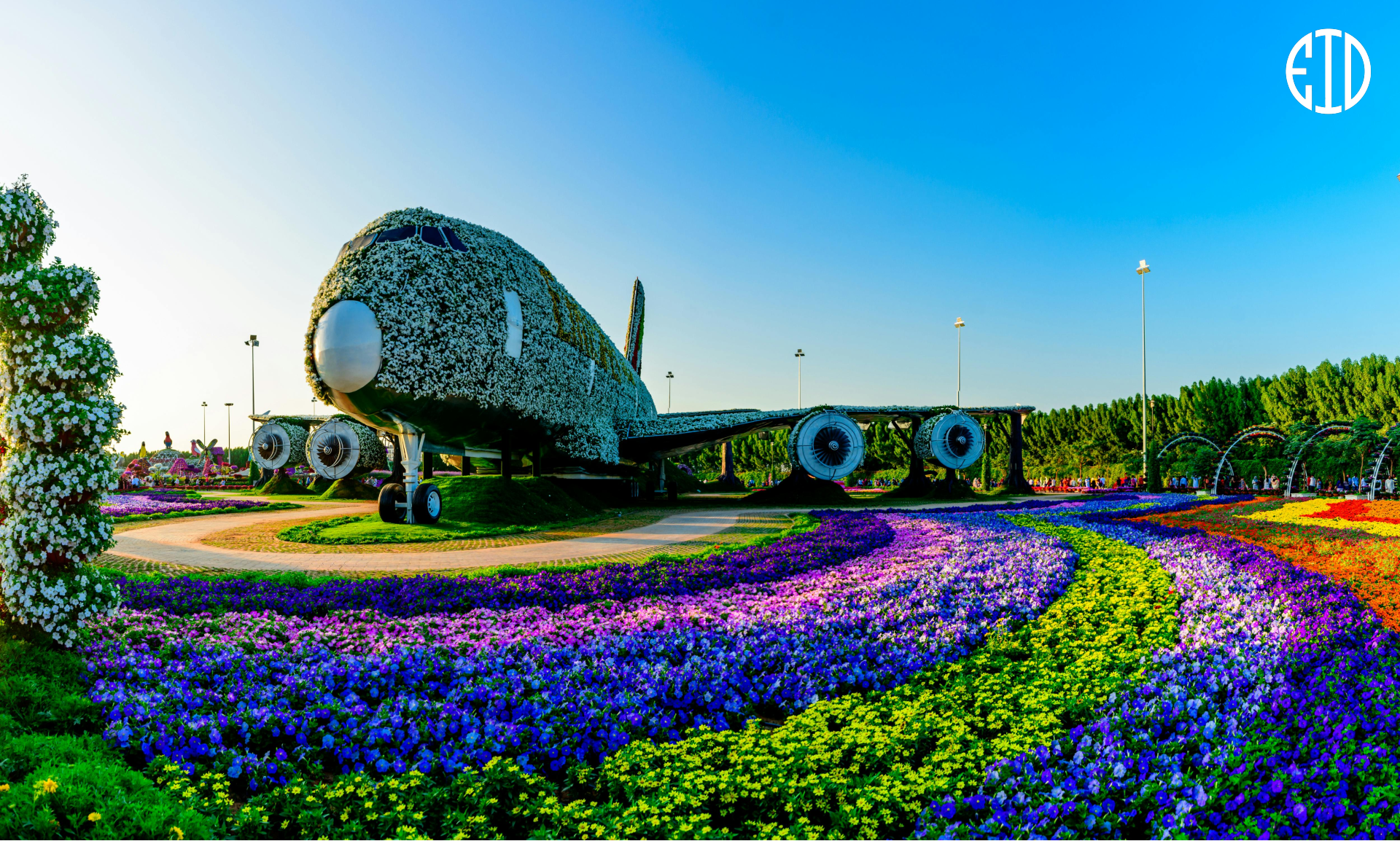Dubai’s ambitious plans to expand its metro system promise to revolutionize transportation and enhance urban living. By 2030, the city aims to increase the number of metro stations from 64 to 96, covering 140km, with further expansions to 140 stations spanning 228km by 2040. These initiatives are set to redefine accessibility and convenience for residents across the emirate.
Creating 20-Minute Cities
Central to Dubai’s expansion strategy is the concept of ’20-minute cities’. This urban planning approach ensures that essential services and amenities are within a short radius of 20 minutes for all residents. Dr. Monica Menendez of NYU Abu Dhabi underscores the importance of developing mixed-use neighborhoods around metro stations to enhance liveability and community integration.
Reducing Traffic Congestion and Enhancing Sustainability
Emirati traffic safety researcher Dr. Mostafa Al Dah highlights that expanding public transport options, like the metro, can significantly alleviate traffic congestion. This shift not only saves time and money spent on commuting but also reduces carbon emissions, contributing to a cleaner environment.
Economic Growth and Investment Opportunities
Andrew Elliott from Chestertons notes that improved transport infrastructure encourages urban growth and attracts environmentally conscious investors. Properties located near metro stations are expected to become highly sought-after, reflecting Dubai’s commitment to sustainability and reduced environmental impact.
Looking Ahead
Dr. Menendez emphasizes that while these developments require time and dedication, Dubai’s proactive approach and visionary leadership suggest that achieving the goal of 20-minute neighborhoods is feasible. The city’s progress towards this vision sets a global example of integrating advanced transportation solutions with sustainable urban planning, aiming to enhance the overall quality of life for its residents.
In conclusion, Dubai’s metro expansion project not only aims to enhance transportation efficiency but also to create vibrant, sustainable communities where residents can live, work, and access essential services conveniently.


